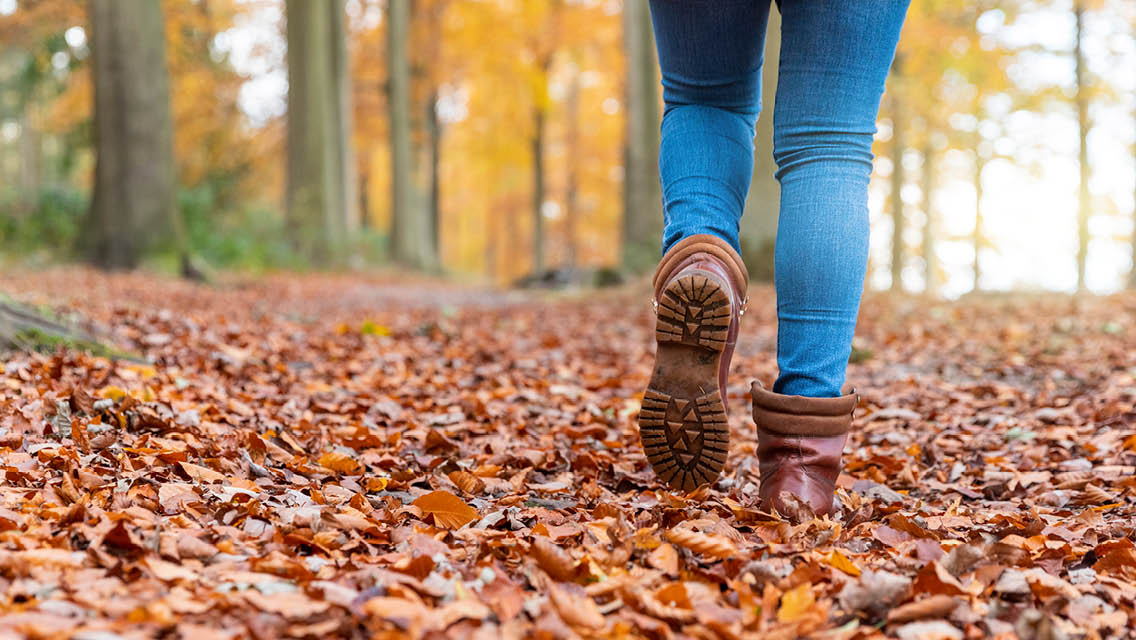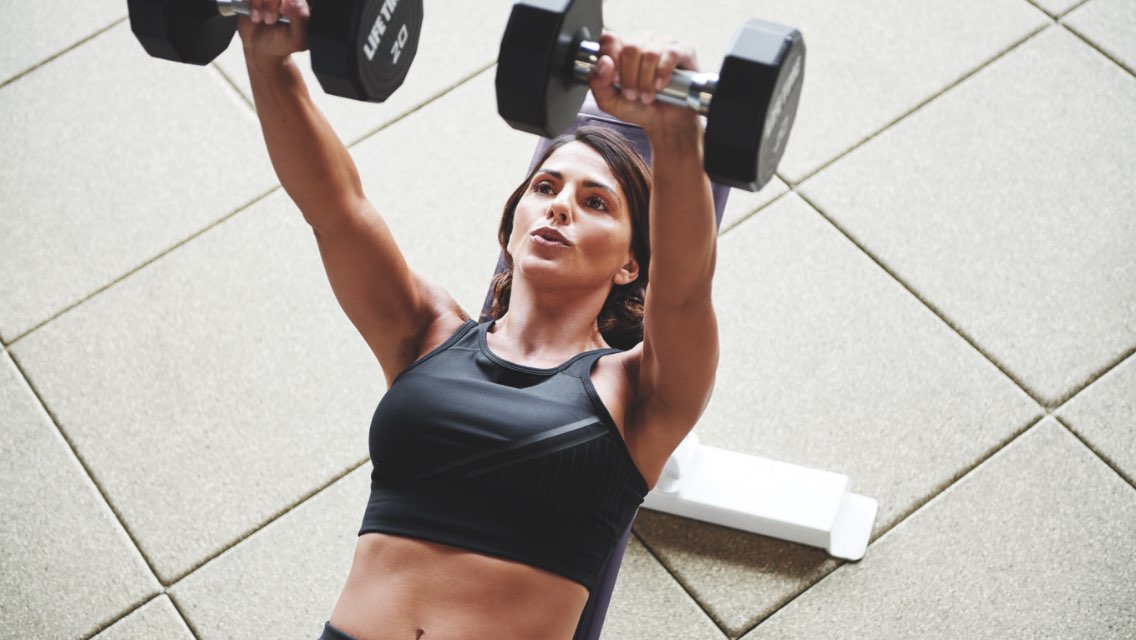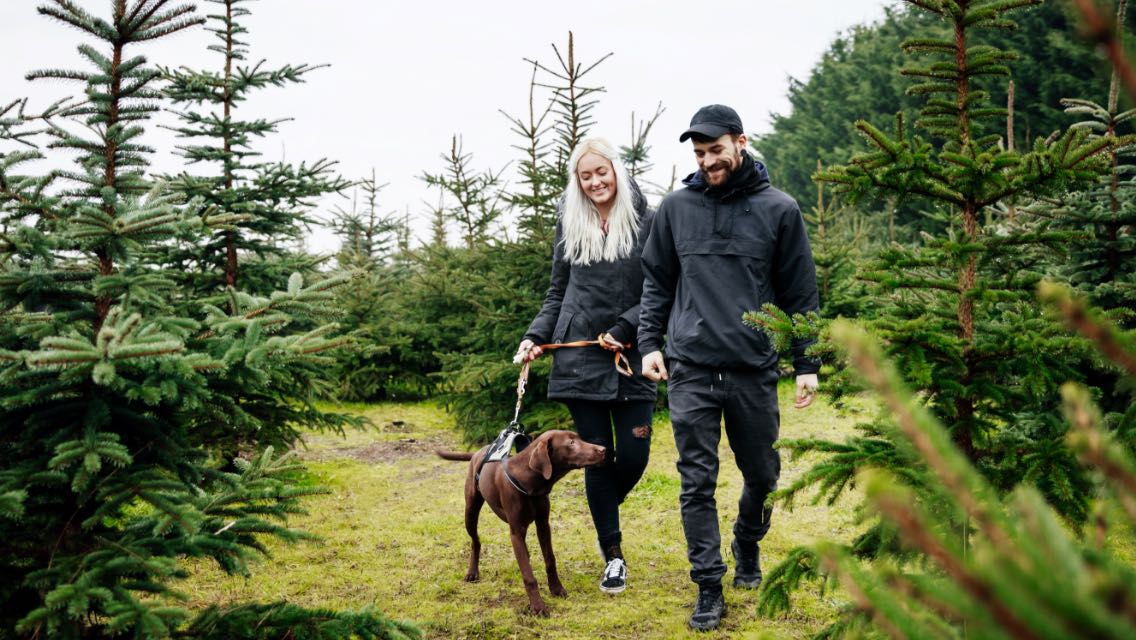|
Listen to this article:
|
Your heart is the fist-size muscular center of your cardiovascular system. Some 100,000 times a day, it pumps about 10 pints of oxygenated blood from your lungs out through 60,000 miles of veins and capillaries to your farthest extremities.
But your heart gets help from an unexpected source, according to the latest thinking from cardiovascular experts. You have a “second heart” that plays a crucial role in your body’s circulatory system — your calf muscles.
“One heart pump has enough power to send blood to every part of the body, reaching your lower legs in seconds,” writes phlebologist Sonja Stiller, MD, in a blog for the Center for Advanced Vein Care in Mentor, Ohio. “Once the blood has reached every part of the body, the veins have to carry the oxygen-depleted blood back to the heart and through the lungs, where it will receive a supply of oxygen. However, since the blood is flowing against gravity, sending it toward the heart will take more than a single pump from the heart. For this reason, the body uses the calf muscles to pump blood from your lower legs back to the heart.”
“The body uses the calf muscles to pump blood from your lower legs back to the heart.”
Other leg muscles and your feet also play a role, but the calves are special, both because of certain properties and their position in the body. Within their system of muscles and veins, calves feature valves that act as trapdoors, opening and closing with each muscle contraction to prevent a backflow of blood.
“The veins in your calf act like a reservoir for blood [that] your body does not need in circulation at any given time. . . . When the calf muscle contracts, blood is squeezed out of the veins and pushed along the venous system,” notes Louis Prevosti, MD, of the Center for Vein Restoration in Atlanta. “One-way valves in the leg veins keep the blood flowing in the correct direction toward the heart. These valves also prevent gravity from pulling blood back down your leg veins in the wrong direction.”
The Role of Movement
Exercise is essential to cardiovascular — and overall — well-being. It enhances the health of veins and muscles; prompts the release of chemical messengers, known as myokines, that aid cardiovascular function and fight inflammation; and supports mitochondria, the cellular power plants in our bodies that create energy.
Understanding the calves’ part in the cardiovascular system makes the role of movement all the more clear. “The best way to improve circulation is to get moving. Every time the calf muscles contract, it helps blood to flow against gravity,” Stiller explains. “If you don’t move for long periods, blood and toxins will collect in your lower legs and cause swelling.”
Sitting or lying down allows blood and lymph to pool in the calves, putting stress on your heart.
There are several easy ways to boost both of your hearts.
- Take a walk. Movement doesn’t have to be an all-out sprint to be beneficial. “Even something as simple as taking a walk or doing rigorous household chores does a good job of getting the blood moving,” says Christopher S. Baird, PhD, associate professor of physics at West Texas A&M University. “You do not have to walk for a long time or walk rigorously to get your blood moving. This is different from exercise that is intended to build muscle and cardiovascular strength, which needs to be longer and more intense to do its job.”
- Schedule movement breaks. “When sitting, get up every 20 minutes and just move,” advises Erik Peper, PhD, a professor at the Institute for Holistic Health Studies at San Francisco State University. (See our One Healthy Habit Challenge for inspiration and ideas to get more movement into your day.)
“If you have to take a long flight, it is a good idea to get up every hour or two and walk up and down the aisle a little,” says Baird.
This article originally appeared as “Your Calves and Cardio Health: The Vital Connection.”





This Post Has One Comment
Very interesting article. Confirms my daily exercise routine. I will pay way more attention to my calves! Thanks.